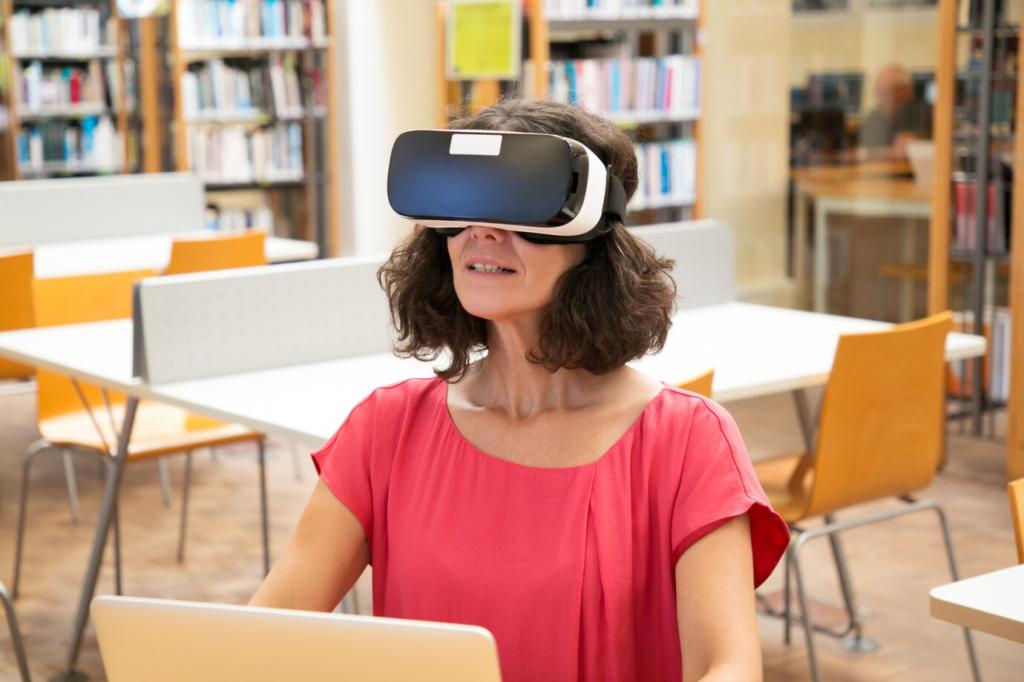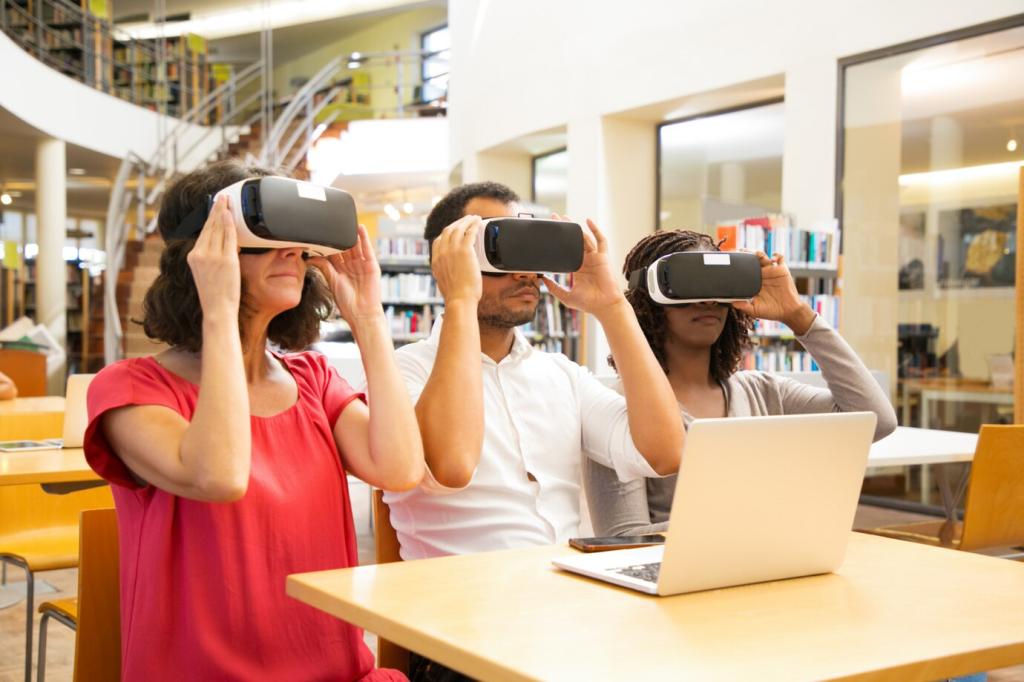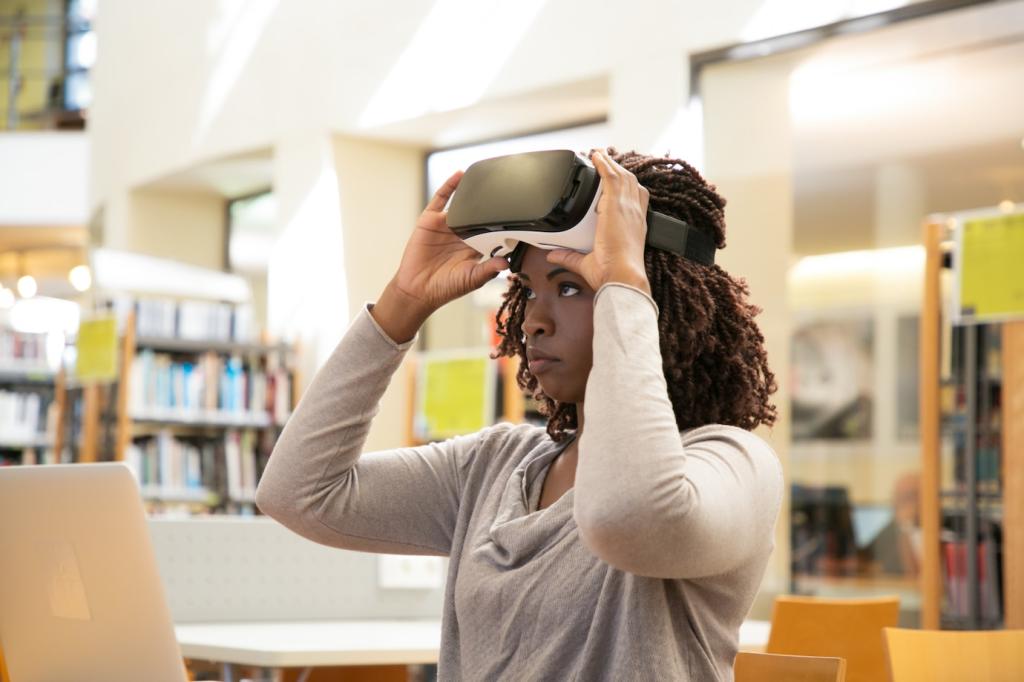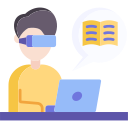Innovative Teaching Methods with Virtual Reality in English
Virtual Reality (VR) has revolutionized the landscape of education, especially in the field of English language teaching. By harnessing immersive environments, teachers now have the tools to make learning more engaging, interactive, and effective. VR’s unique capacity to simulate real-world contexts allows students to experience the language as it is actually used, fostering deeper understanding and retention. This approach represents a significant shift from traditional methods, empowering educators and learners alike to break conventional classroom boundaries and embrace a new era of English education.

Enhancing Immersion in Language Learning
Real-World Communication Scenarios
Virtual reality allows students to practice English in a diverse array of simulated environments, from bustling city streets to quiet coffee shops. In these scenarios, learners negotiate meaning, solve problems, and interact authentically with both virtual characters and fellow students. This kind of experiential learning helps students internalize vocabulary, idioms, and grammatical structures in a natural context. Because VR removes geographical and logistical barriers, even shy or hesitant learners can gain valuable conversational practice without fear of judgment. The immersive, lifelike experience prepares students for real-life encounters, making their transition from the classroom to the world much smoother.


Authentic Pronunciation Practice
One of the most challenging aspects of language learning is mastering pronunciation and intonation. Virtual reality offers immediate feedback and interactive exercises that target these critical skills. Through auditory cues and speech recognition, students receive guidance that is far more engaging and accurate than traditional drills. VR’s capacity for individualized practice means learners can progress at their own pace, revisiting challenging sounds or phrases as often as necessary. This targeted approach boosts confidence and helps eliminate fossilized pronunciation errors, allowing students to communicate more clearly and fluently in real-world situations.

Adaptive Content Delivery
Through the integration of intelligent algorithms, VR platforms can analyze student performance and adapt lessons in real time. For instance, if a learner struggles with usage of past tense verbs, the program introduces extra exercises and contextual practice until mastery is achieved. This dynamic approach prevents frustration and boredom, as students remain challenged without being overwhelmed. Teachers can also customize scenarios based on thematic interests—such as travel, business, or entertainment—making lessons more relevant and motivating. By delivering the right content at the right time, VR cultivates steady progress and sustained enthusiasm in English language acquisition.

Self-Paced Learning Opportunities
Not every student learns at the same speed, and virtual reality overcomes this challenge by enabling truly self-paced exploration. Learners can revisit lessons, repeat difficult exercises, and explore supplementary content at their own convenience. This autonomy reduces performance anxiety and allows individuals to take ownership of their learning. It also facilitates differentiated instruction, particularly for mixed-ability classrooms. As a result, students who may have felt left behind in traditional settings find greater success and satisfaction, while advanced learners can accelerate their progress with more challenging material.

Real-Time Progress Tracking and Feedback
Continuous assessment is a cornerstone of effective language education, and VR streamlines this process by providing instant feedback. Every interaction in the virtual environment is monitored and evaluated, allowing learners to see their strengths and identify areas for improvement immediately. This transparency fuels motivation and focuses study efforts where they’re needed most. Teachers also benefit from detailed analytics, which inform instructional decisions and pinpoint classwide trends. Together, these features create a responsive and data-driven approach to English teaching, ensuring every student reaches their full potential.

Previous slide
Next slide
